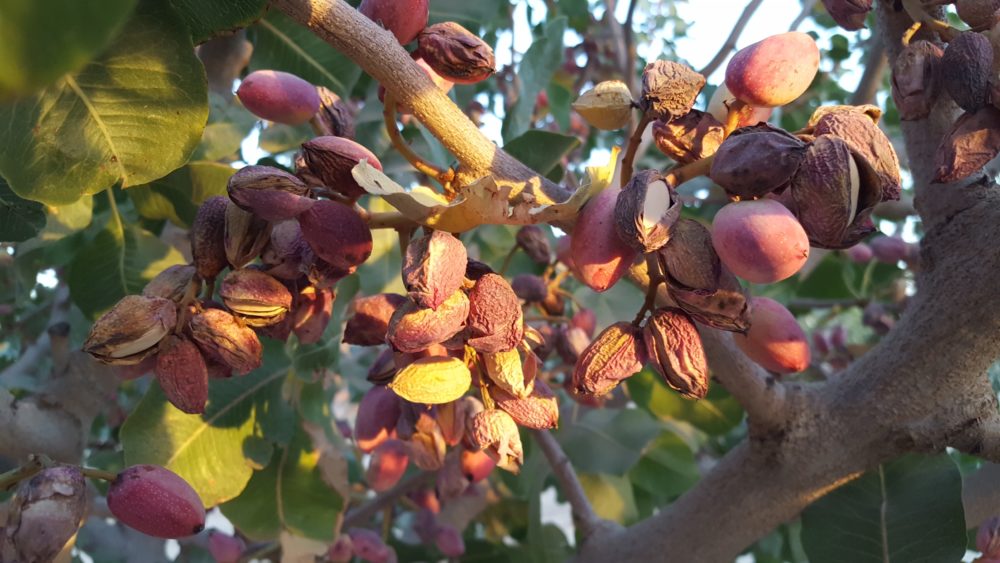Navel Orangeworm Prevention Critical
High Navel Orangeworm Numbers Statewide
By Jessica Theisman, Associate Editor
Almonds are deep into hull split, and it is absolutely critical to control any damage from navel orangeworm (NOW), the number one pest in almonds and pistachios. California Ag Today spoke with Bob Klein, manager of the California Pistachio Research Board, about the issue.
“One of the big control strategies for NOW should have happened many months ago during the winter, such as cold sanitation,” he said.
Pest programs start with orchard sanitation. Many growers are lax on sanitation or spend low amounts.
“Those who do stringent jobs are spending $200-$250 an acre on sanitation. And so growers need to be prepared to pay that as far as insecticide applications,” Klein said.
Critical questions that need to be addressed are what you are going to choose to apply and how you are going to time it. When growers are gearing up to put on protective sprays, there are things to remember to increase efficacy. There are always ways in which application can be improved.
If you have a ground rig with fan sprayers, you can get a high kill rate on the lower canopy. You may have to make multiple applications to be able to penetrate the higher portions of the trees.
“You need to look at where your NOW is and maybe make multiple applications. So you can cover both the lower two-thirds of the tree and the top third,” Klein said.











